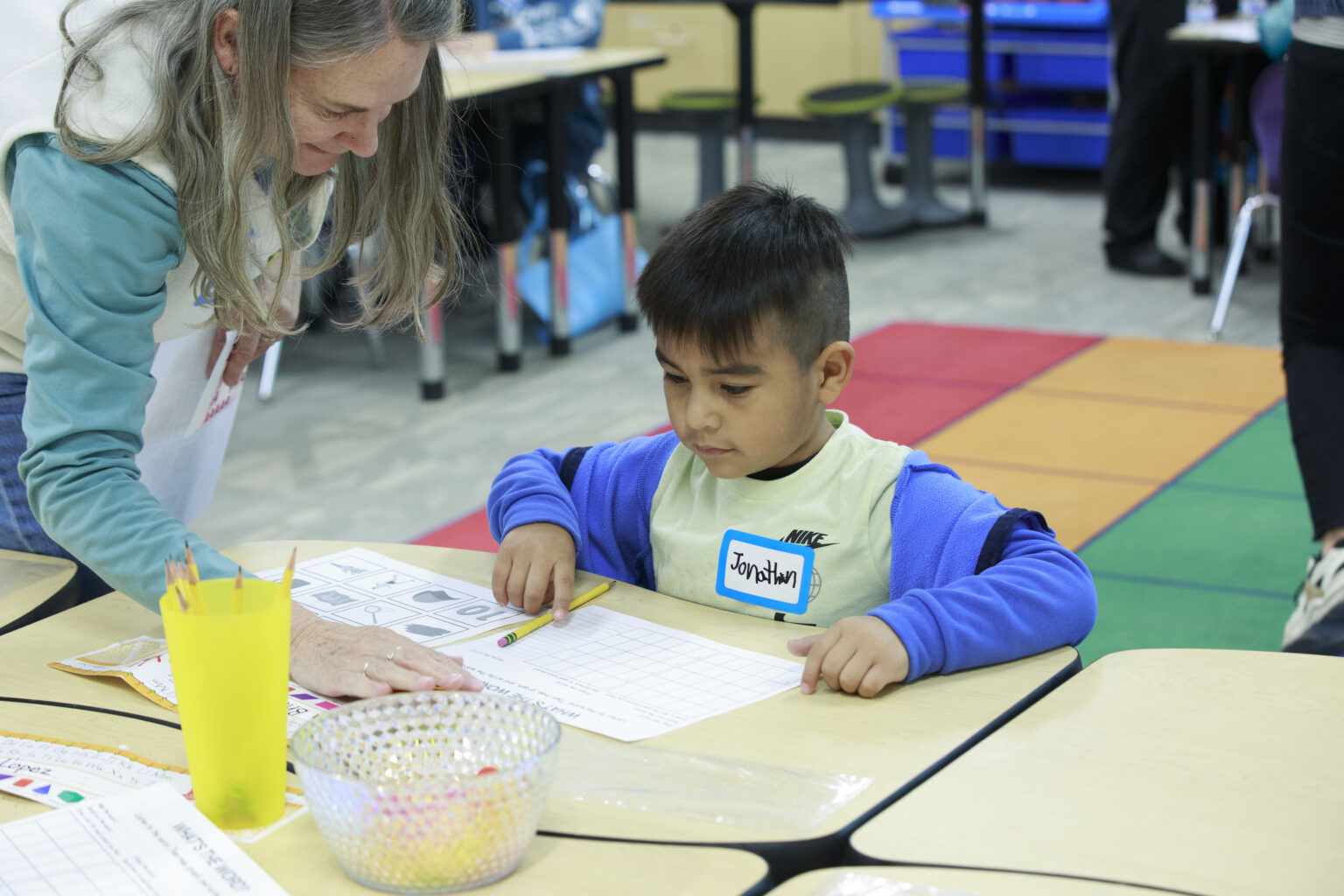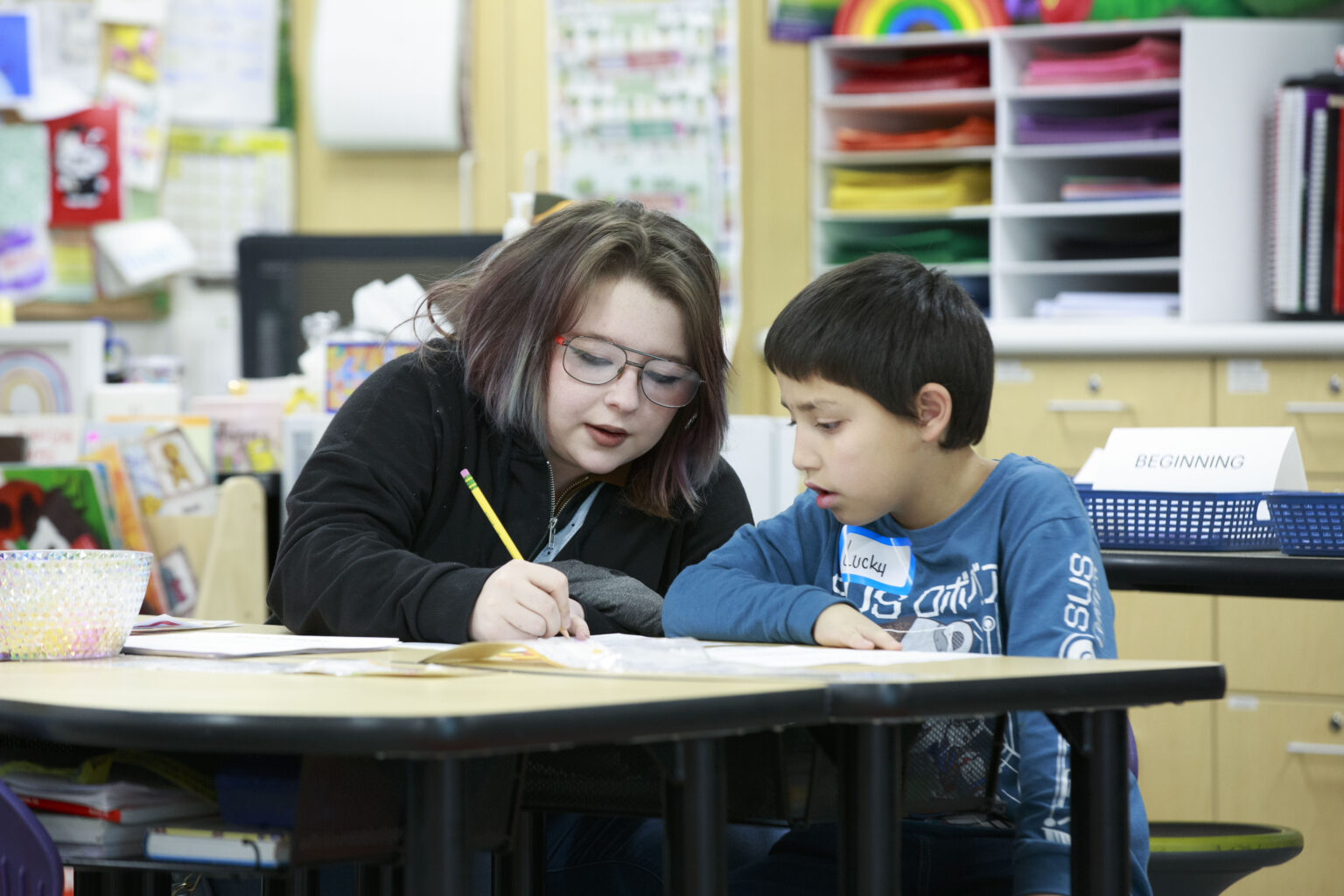Data & Results
The Promise Partnership uses data to better understand the long-term progress of students and families in our community, to identify opportunity gaps, and to inform the work we do. Our measures of success show impact for entire schools and entire communities. See the data we collect and curate using the links below.

Results Matter Report

Our Numbers
Our Data Commitments
Promise Partners believe that safe, effective data use – combined with expertise from parents and guardians, community organizations and students – empowers students and helps them to start kindergarten ready to learn, excel in school, graduate, complete a degree or credential that leads to financial stability, and live healthy lives.
Learn MoreUtah Fiscal Map
A fiscal map is a powerful tool that provides a detailed analysis of how funding is allocated for certain services. The Utah Children & Youth Fiscal Map provides data about how Utah funds are targeted to support children and youth across various outcomes, services, age groups, and populations. This map can inform decision-making and future strategic financing for children and youth. It provides a comprehensive analysis of public investments in children and youth including state, federal, and COVID19 relief funds for ages 0-24 from FY2019 to FY2022.
View the Map
